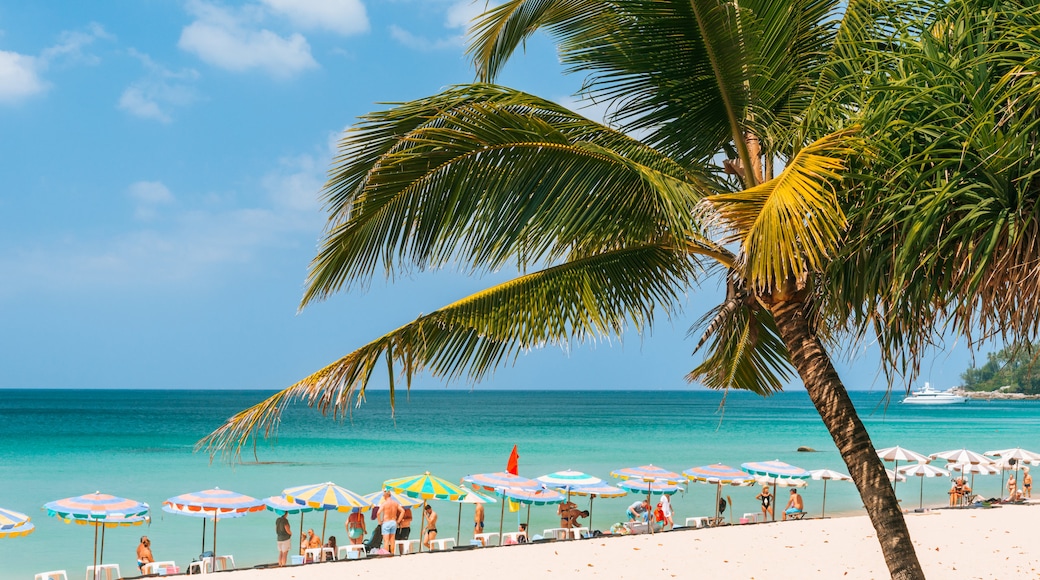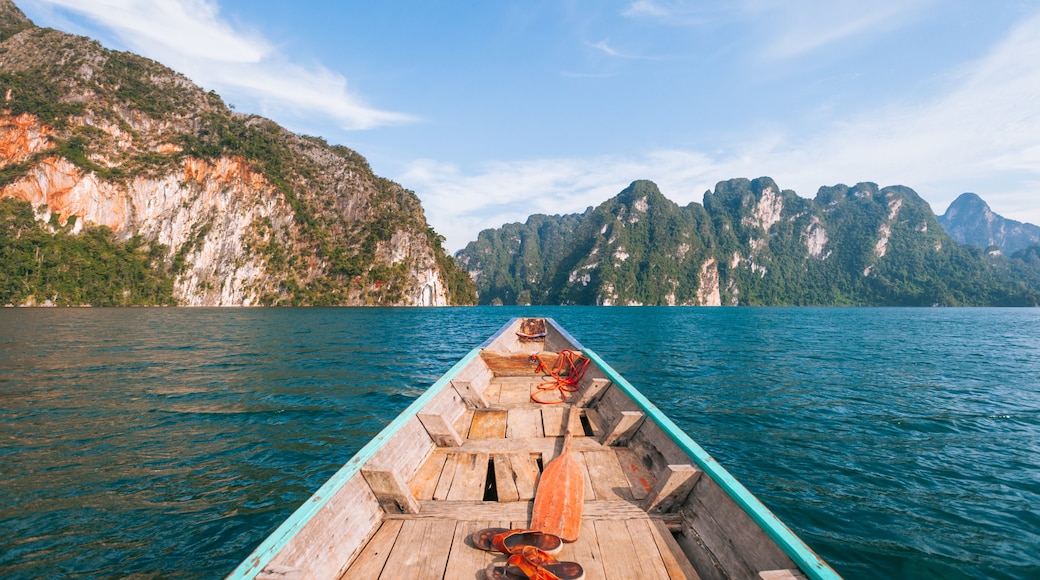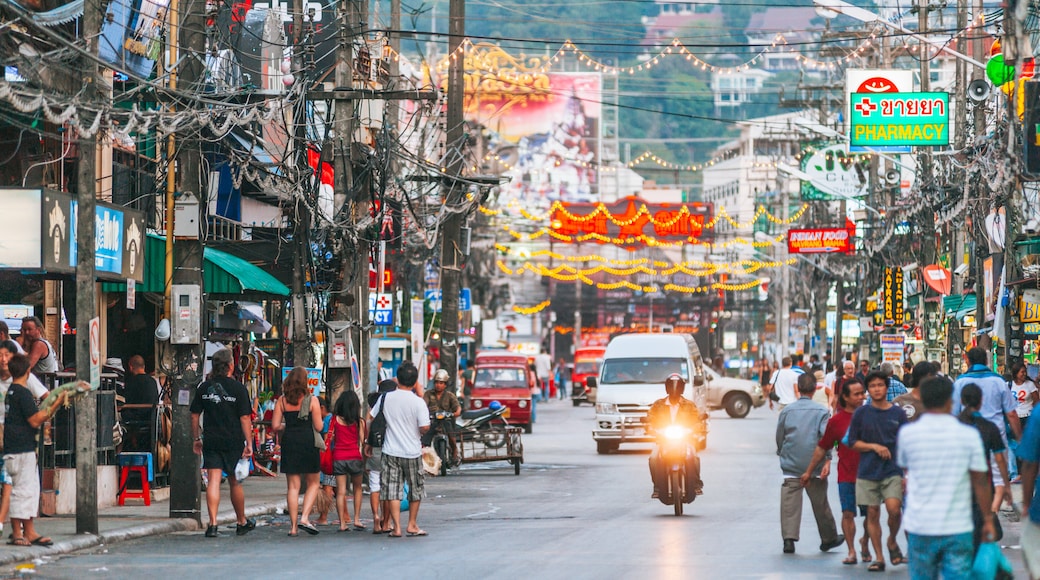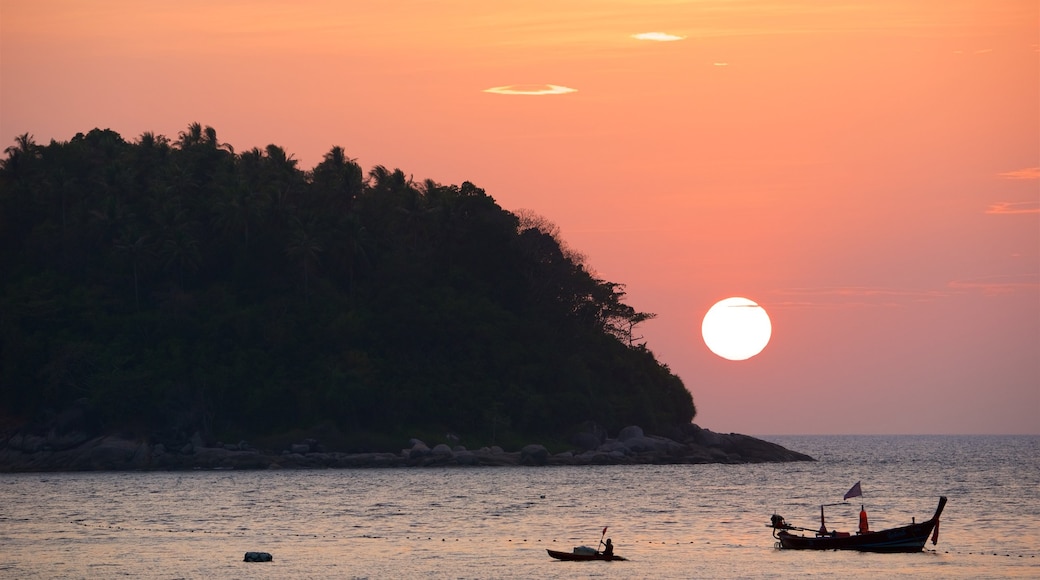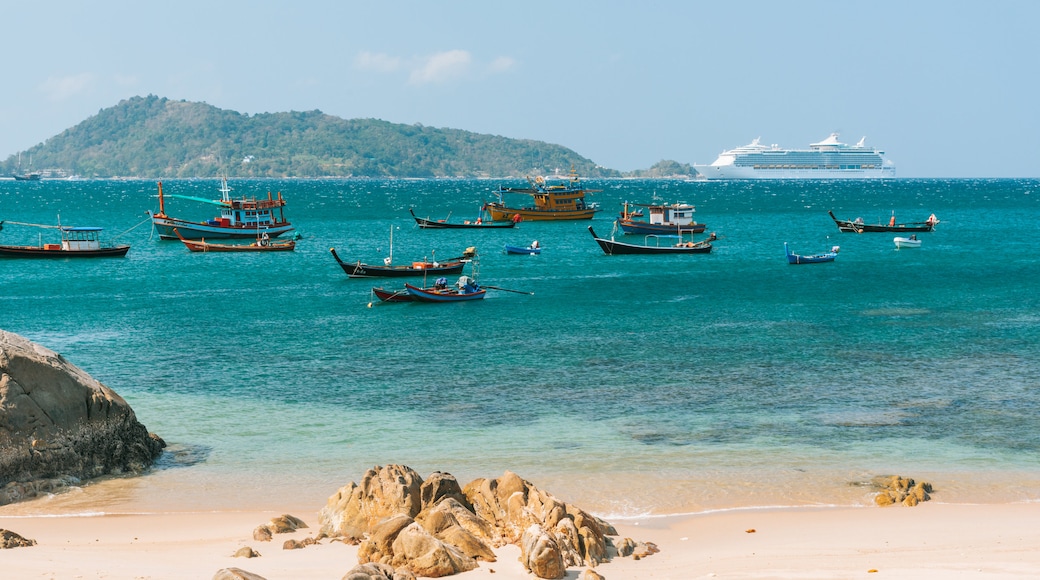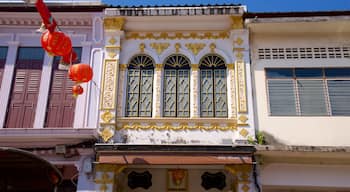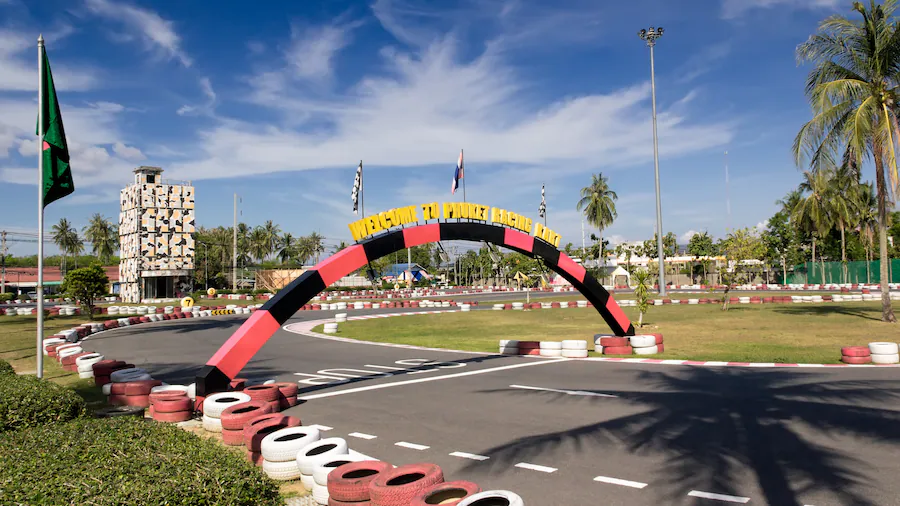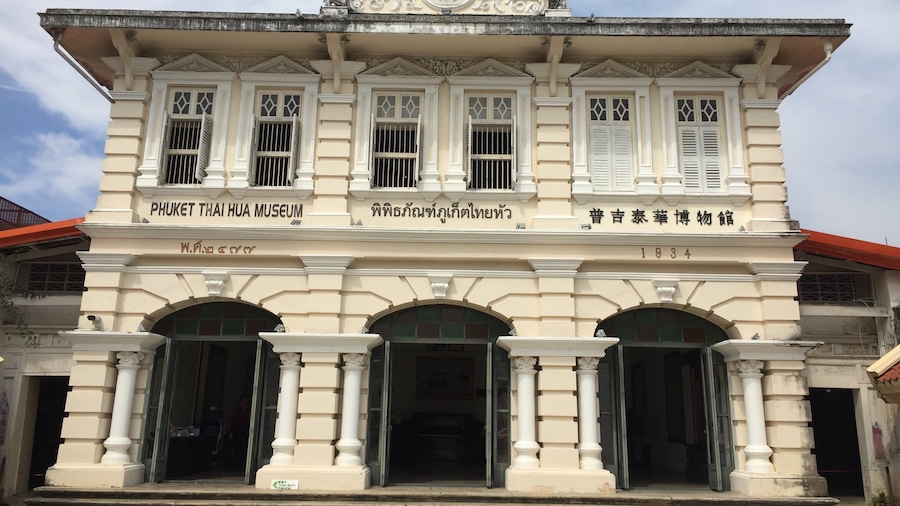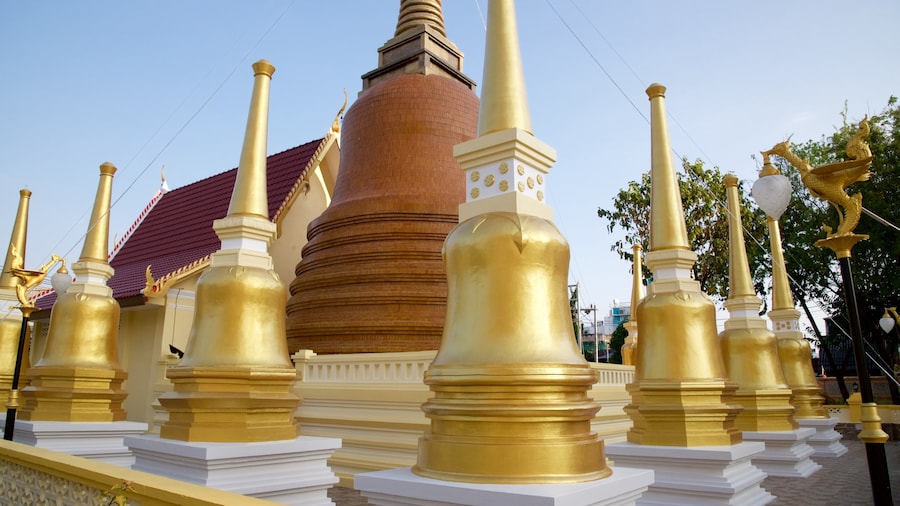Phuket’s beaches have made the destination famous around the world, but a rich culture and history mean that the island offers much more than glorious coastline.
Phuket, Thailand’s largest island, is known as the “Pearl of the Andaman.” Spend any amount of time on its stunning, golden beaches, framed by dramatic karst stone formations, and you will soon understand how it gained this nickname. Travel away from the coast to discover the lesser-seen attractions and religious sites that further add to the island’s appeal.
The industries of Phuket have changed throughout the centuries. In the era of seafaring and trade, the island was used as a port to shelter from bad weather, while in the 19th century it made its money from tin mining. Come to Phuket today to discover an island that is thriving on the tourism industry. The Phuket Thaihua Museum in Phuket Town features English-language exhibits on the island’s history.
Head to one of the island’s numerous beaches and spend hours soaking up the sun or swimming in seas of perfect aquamarine. Bang Tao Beach is a 5-mile (8-kilometer) beauty that is popular with families seeking calm seas. Patong Beach is famed for its raucous nightlife and constant partying. Head to Nai Thon Beach and Mai Khao Beach for stretches of sand unspoiled by modern developments.
Reach for the skies on a paragliding expedition or ride a wooden long boat around the coastline. Don a pair of goggles and flippers and plunge underwater on an offshore scuba diving expedition.
Take a tuk-tuk ride inland to see some of Phuket’s impressive religious sites. The simply named Big Buddha lives up to its title, looming 148 feet (45 meters) above Nakkerd Hills. Enjoy a moment of peace by Wat Chalong, a picturesque temple that contains 36 carvings of Buddha.
Phuket can be reached via domestic flights from Bangkok or by long-distance buses from major cities in Thailand. Monsoon season, between June and October, sees fewer tourists visiting the island but makes the seas less inviting. Visit Phuket between November and February for the best beach weather and to join throngs of other visitors to the spectacular coastline.
